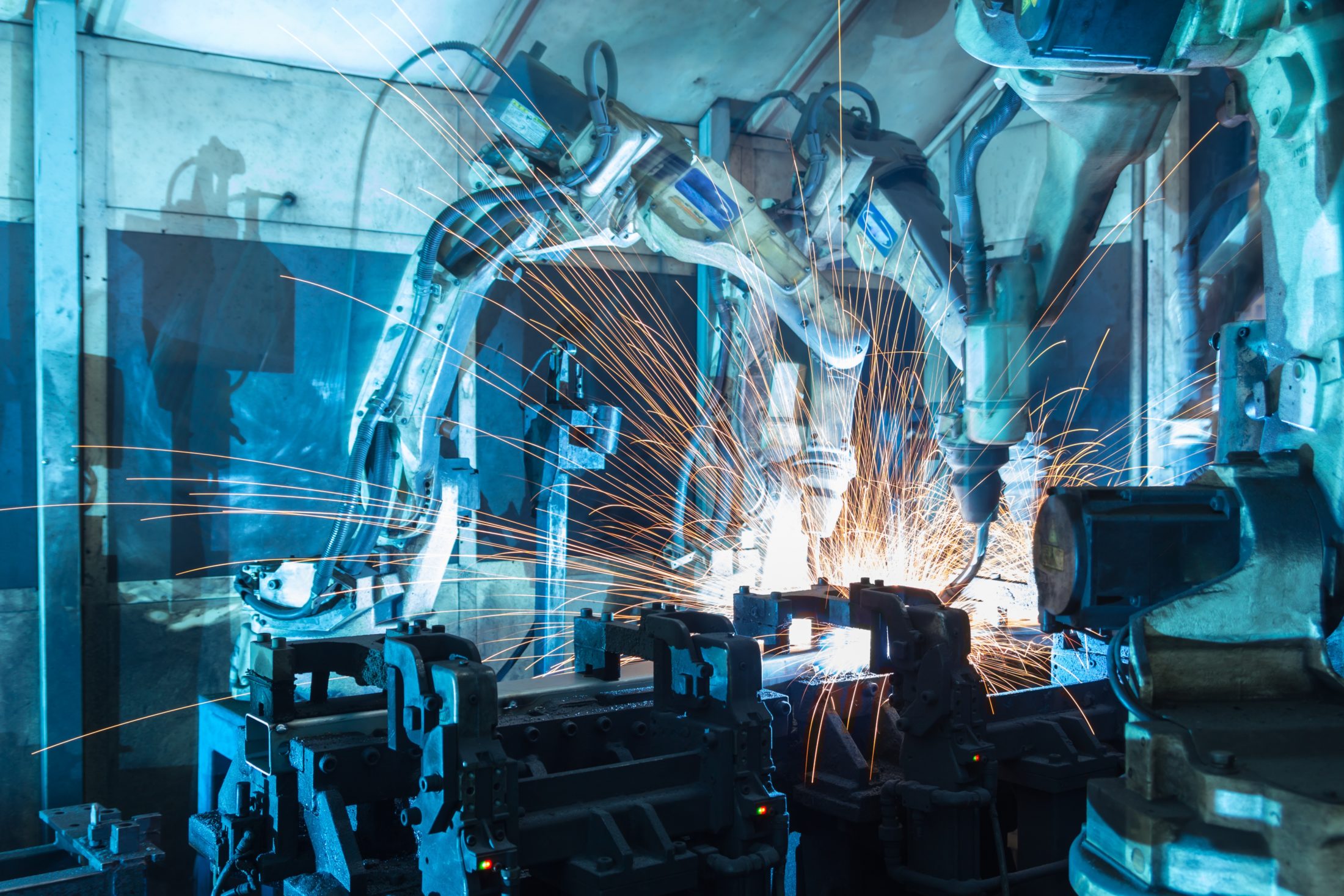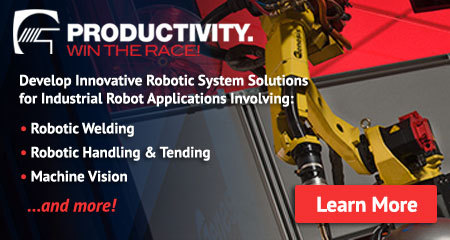How robotic welding benefits from cloud computing

Robotic welding has come a long way over recent years with the advent of cloud-based computing. Managers and robot operators utilizing robotic workcells can now benefit from tools that enable real-time status monitoring, alarm notifications, and historical trends.
Users of cloud-based robotic welding applications benefit from internet connectivity. For example, manufacturers can monitor robotic welding remotely online via desktop or mobile device. If a critical situation arises, users can quickly inform others via phone, chat or email.
How cloud computing robotic welding works
Cloud-based robotic workcell monitoring enables welding robot operators to transmit, store and analyze robot performance in real-time, via the internet. With this data, welding robot operators are able to better scope out projects and set expectations on production schedules. Cloud-based apps should be able to deliver:
- Robot and weld parameters
- File backups and alarm histories
- Frequency reports
- Workcell performance information
- Machine diagnostics
- Users of robotic welding cloud-based apps are also able to program steps needed to complete a project, e.g. trimming or laser cutting
Benefits of robotic welding cloud applications
Cloud applications help companies to minimize downtime and make fast informed decisions. Real-time data collection for analysis of a work cell or workspace will help you to better understand work-piece positions and ensure process control. For example, you can better understand your robot’s reach, how the arm is positioned, and how long it is when it reaches its destination point to determine if it is appropriate for a project.
Cloud apps also help production monitoring by tracking preventive maintenance activities and raising red flags on any station in the production line. Monitoring will help companies to instill preventative measures like lessening the likelihood of system malfunctions and reduce downtime.
Quality metrics go a long way in robotic welding production, allowing you to evaluate the performance of any project along the line, right down to a single weld. You may also establish benchmarks in productivity and determine ways to provide support, including troubleshooting capabilities. For example, line managers may be able to pinpoint a bottleneck, determine its cause, then figure out long-term ways to mitigate it.
In addition to boosting productivity levels, robotic welding cloud applications can cut costs by consolidating programming interfaces. Having one interface for several machines helps to reduce expenditures on licensing and training.
Read about how Genesis Systems helped a company to increase uptime by 20%: Cloud-Based Robotic Welding Software Delivers Real-Time Data 20% Increase in Uptime
Posted in Robotic Welding
